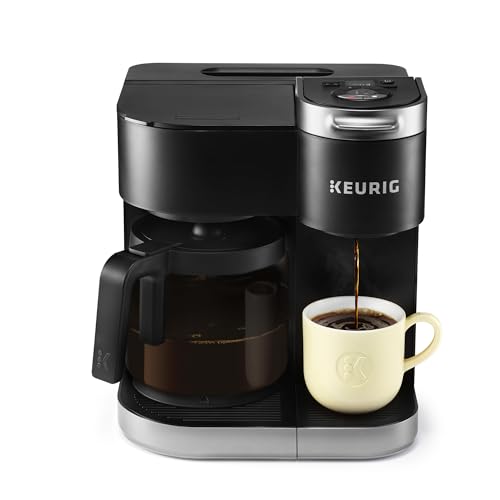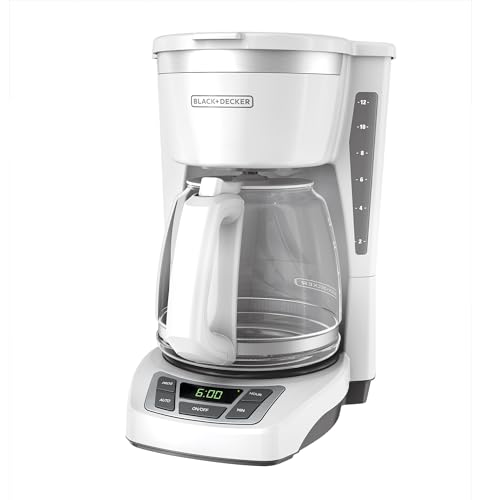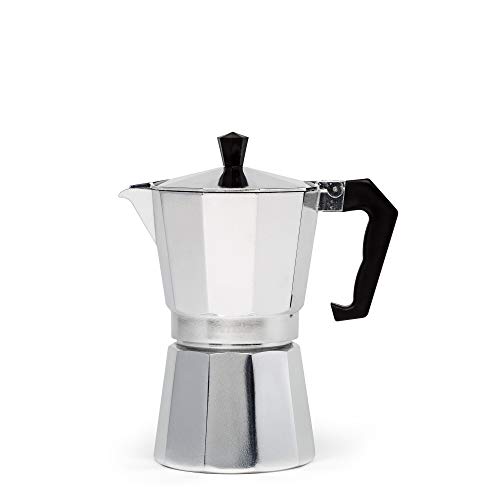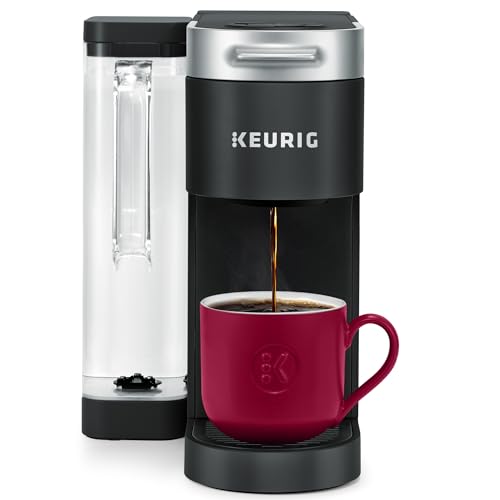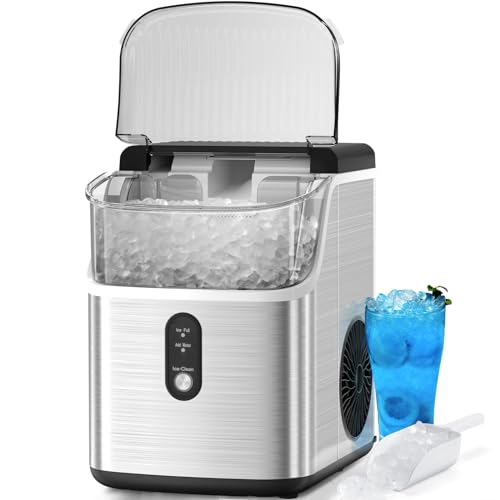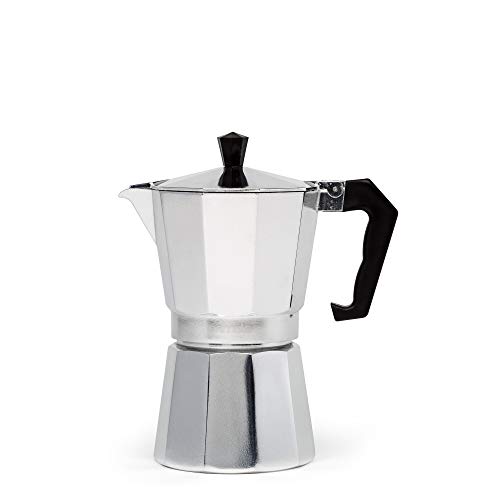How Often Should You Sharpen Knives? This is a common question that echoes in the kitchens of both professional chefs and home cooks. Understanding the frequency of knife sharpening is crucial to maintaining the longevity and efficiency of your culinary tools.
In the following sections, we delve into factors that influence the frequency of knife sharpening. We also provide a comprehensive guide on maintaining your knives to ensure their optimal function. While the exact answer depends on several variables, this guide aims to provide a general framework to help you keep your blades sharp and safe.
Remember, a well-maintained knife is not just a tool, it’s an extension of the chef’s hand. Let’s explore this topic in detail and clarify your doubts about the art and science of knife sharpening.
How Often Should You Sharpen Knives?
The frequency of knife sharpening is predominantly dictated by the extent of usage. For instance, a knife used daily in a professional kitchen may require honing and sharpening more frequently than a knife used sporadically at home.
Another significant factor is the type of material from which the blade is crafted. Some materials, like carbon steel, retain their sharpness longer but are more prone to rusting. On the other hand, stainless steel knives may need sharpening more frequently due to their softer construction.
The sharpness of your knife also depends on the food you frequently cut. Cutting hard, dense foods, or chopping on a glass or marble cutting board, dulls the blade faster than slicing through soft items on a wooden or plastic board.
Furthermore, the method of knife storage also impacts the sharpness. When knives are tossed into a drawer with other utensils, their edges are likely to get chipped or dulled. On the contrary, storing them in a knife block or on a magnetic strip preserves the blade edges for a longer time.
It is recommended to hone your knives before or after each use, and sharpen them every few months or when you notice a significant decrease in performance. This schedule can vary depending upon the factors mentioned above. Also, keep in mind that overly frequent sharpening can wear down the knife, reducing its lifespan.
In a nutshell, the frequency of knife sharpening depends on an array of factors including the usage, blade material, cutting habits, and storage practices. Always remember, a sharp knife is safer than a dull one, as it requires less force to cut and is less likely to slip. Maintain your knives well, and they’ll serve you reliably and safely.
See more: How To Store Knives
Different Types of Knives
There’s an array of knife types, each designed for a specific function in the culinary world. Here, we’ll discuss the most common types along with their unique features and uses.
Chef’s Knife: Considered a versatile workhorse in the kitchen, the chef’s knife features a broad, tapering blade excellent for a variety of tasks. From dicing vegetables to slicing meat, the versatility of a chef’s knife makes it a staple in every kitchen.
Paring Knife: This tool is a small, pointed knife primarily used for intricate or delicate tasks such as peeling, deseeding, or deveining shrimp. Its nimble design ensures precise control, making it perfect for handling smaller ingredients.
Bread Knife: Bread knives are equipped with serrated edges, perfect for cutting through crusty bread or soft pastries without crushing them. The saw-like edge creates less friction, enabling smooth, easy cuts.
Carving Knife: Carving knives have long, thin blades designed for slicing large cuts of meat or poultry. Their slender design ensures precise, thin slices with minimal tearing of the meat fibers.
Boning Knife: This knife comes with a thin, flexible blade that’s perfect for removing bones from meat or poultry. The flexibility of the blade allows the knife to move easily around bones and joints.
Santoku Knife: A Japanese cousin of the chef’s knife, the Santoku knife is perfect for slicing, dicing, and chopping. Its shorter, lighter design makes it an excellent alternative to the heavier chef’s knife.
Each type of knife requires care and maintenance to preserve its edge and longevity. Sharpening frequency may slightly vary depending on the type and usage of the knife. Regardless of the type, a regularly honed and properly sharpened knife ensures optimal performance and safety in your culinary pursuits.
FAQs
Sharpening a knife is an art that every culinary enthusiast should master. As we’ve explored, the frequency and method of sharpening depend on many factors. With proper knowledge and practice, you can ensure your knives are always in optimal condition, ready to assist you in creating your culinary masterpieces.
How can I tell if my knife needs sharpening?
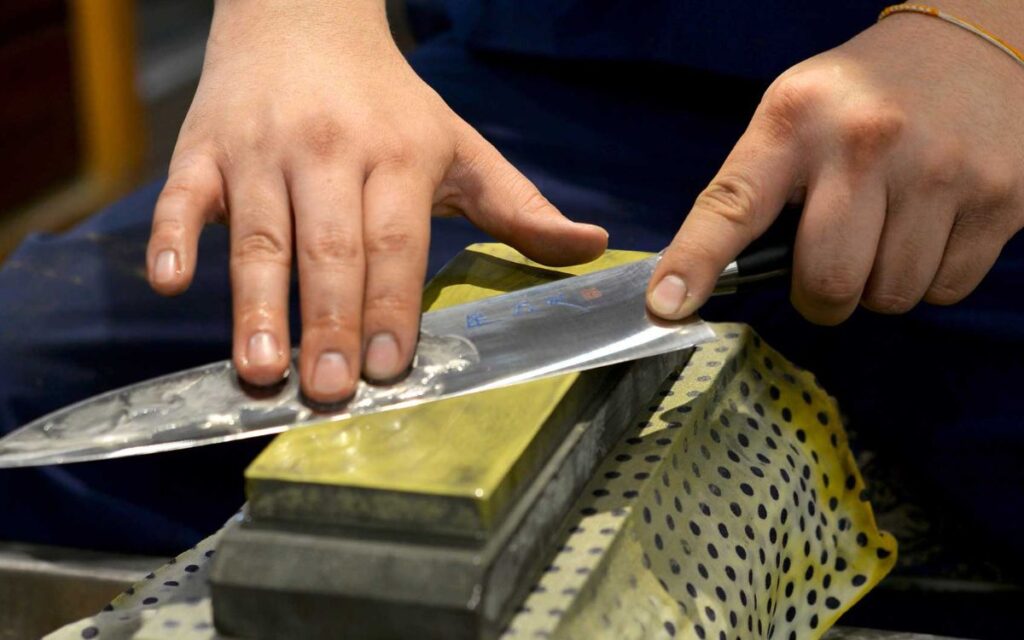
A simple test you can perform is the paper-cutting test. Hold a sheet of paper up and try to slice it down the middle with your knife. If the knife cuts through the paper cleanly and easily, your knife is still sharp.
If it tears the paper or struggles to cut, it’s time to sharpen your knife. Another indicator is the ease of cutting in your regular cooking activities. If you notice the knife struggling with tasks that previously felt effortless, it might be time for sharpening.
Can I sharpen my knife at home or should I take it to a professional?
Sharpening a knife at home is entirely possible, and many chefs and home cooks do it regularly. It requires a sharpening stone and some practice to get used to the technique, but once mastered, it can be a cost-effective and satisfying skill.
However, if your knife is severely damaged or you’re uncomfortable with the process, professional sharpening services are a great option. They have specialized equipment and expertise to handle more complex situations such as chipped blades or reshaping the edge.
What’s the difference between honing and sharpening a knife?
Though often used interchangeably, honing and sharpening are two different processes in knife maintenance. Honing involves straightening the blade’s edge and is done more frequently, ideally before or after each use. It doesn’t remove much, if any, metal from the blade.
Sharpening, on the other hand, involves removing metal from the blade to create a new, sharp edge. This is done less frequently as it can wear down the knife over time if done too often.
Why is a sharp knife safer than a dull one?
It might seem counterintuitive, but a sharp knife is indeed safer than a dull one. A sharp knife requires less force to cut through food, reducing the chances of the knife slipping or the user losing control.
On the contrary, a dull knife requires more force, increasing the chance of slippage. Furthermore, if an accident does occur, a sharp knife will result in a clean cut that’s easier to treat, whereas a dull knife may cause a jagged tear.
Final Thought
Keeping your knives sharp and well-maintained ensures that they perform at their best at all times. Be it a chef’s knife for your everyday cooking tasks or a specialized carving or boning knife, each has its unique role in the kitchen. The key to a smoothly functioning culinary environment lies in understanding the care each type of knife demands.
Remember, a well-sharpened knife is not just about performance, but also about safety. A dull knife can lead to unnecessary accidents in the kitchen due to the extra force applied. So, equip yourself with the knowledge and skills required to keep your knives in the best possible condition.
Sharpening your knives at home is quite feasible with a bit of practice. However, don’t hesitate to seek professional help if you’re uncertain or dealing with more complex knife conditions. It’s all about ensuring the longevity and effectiveness of your tools.
In conclusion, consider your knife as an extension of your hand in the kitchen. Treat it with care, sharpen it as necessary, and it will serve you well in all your culinary expeditions. Happy cooking!
